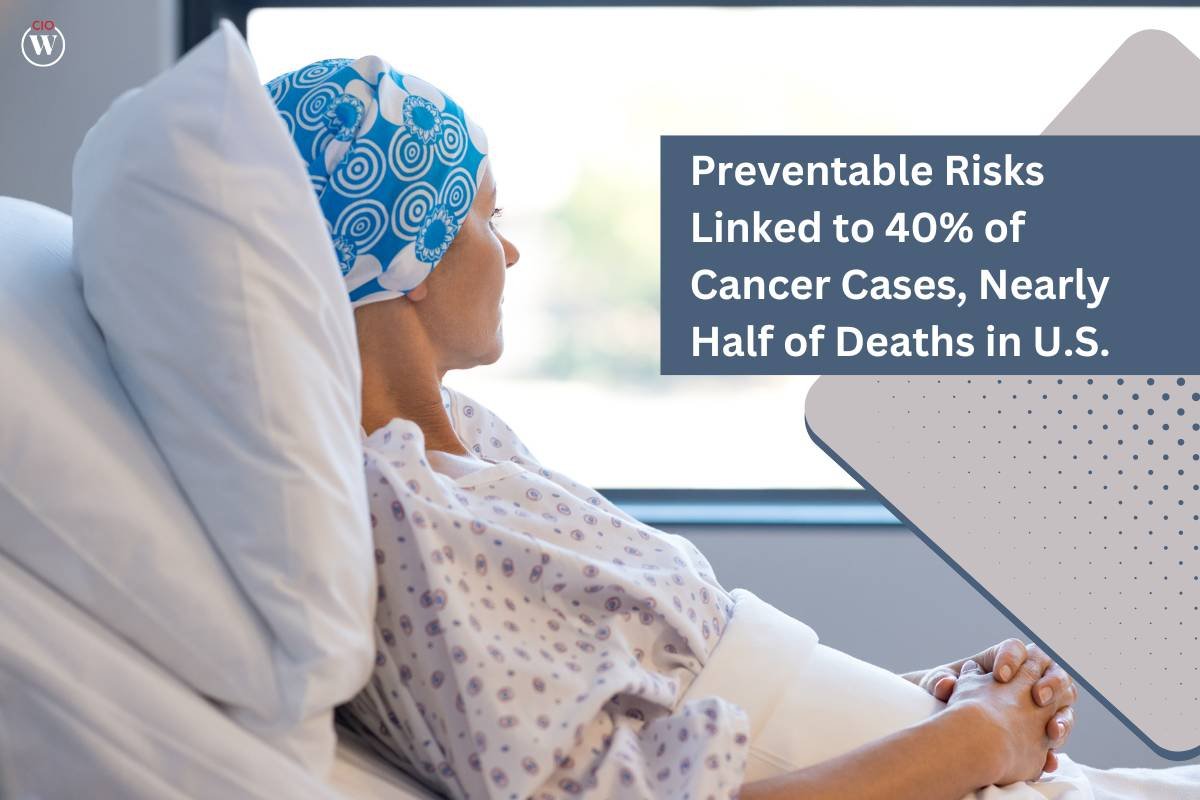A new study by the American Cancer Society reveals that approximately 40% of new cancer cases among adults aged 30 and older in the United States, as well as nearly half of cancer-related deaths, can be attributed to preventable US cancer risk factors. This study underscores the significant impact of lifestyle choices on cancer development and outcomes.
Lifestyle Factors and US Cancer Risk
Dr. Arif Kamal, chief patient officer of the American Cancer Society, emphasized the importance of modifiable risk factors in cancer prevention. “These are things that people can practically change how they live every single day to reduce their risk of cancer,” Kamal stated. Smoking emerged as the leading risk factor, contributing to nearly one in five cancer cases and nearly a third of cancer deaths. Other significant risk factors include excess body weight, alcohol consumption, physical inactivity, diet, and infections such as HPV.
The researchers analyzed 18 modifiable risk factors across 30 types of cancer. In 2019 alone, these lifestyle factors were linked to more than 700,000 new cancer cases and over 262,000 deaths. Kamal explained that cancer develops due to DNA damage or because it has a fuel source. While genetics and environmental factors also play roles, modifiable risks account for a significantly larger share of cancer cases and deaths. For instance, exposure to sunlight can damage DNA and lead to skin cancer, while fat cells produce hormones that can feed certain cancers.
High Impact of Modifiable Risks on Cancer Types
The study highlighted that modifiable risk factors contributed to more than half of new cases for 19 out of the 30 types of cancer evaluated. Notably, for 10 types of cancer, these risk factors accounted for at least 80% of new cases. For example, over 90% of melanoma cases were linked to ultraviolet radiation, and nearly all cases of cervical cancer were associated with HPV infection, which is preventable through vaccination.
Lung cancer had the highest number of cases attributable to modifiable US cancer risk factors, with over 104,000 cases among men and 97,000 among women, primarily due to smoking. Following smoking, excess body weight was the second largest contributor to cancer cases, linked to about 5% of new cases in men and nearly 11% in women. It was associated with more than a third of deaths from cancers of the endometrium, gallbladder, esophagus, liver, and kidney.
A recent study also indicated that popular weight-loss and diabetes medications like Ozempic and Wegovy significantly reduced the risk for certain cancers. “Obesity is emerging, in some ways, as just as potent of a risk for people as smoking is,” noted Dr. Marcus Plescia, chief medical officer for the Association of State and Territorial Health Officials. Although not involved in the study, Plescia emphasized the critical role of addressing obesity in cancer prevention.
Policy and Prevention Strategies
Dr. Plescia advocated for interventions targeting core behavioral risk factors such as quitting smoking, maintaining a healthy diet, and regular exercise. These measures can dramatically improve the rates and outcomes of chronic diseases, including cancer. Policymakers and health officials should focus on creating environments that facilitate healthier choices, particularly in disadvantaged neighborhoods where access to safe exercise spaces and healthy food is limited.
With early-onset cancer rates rising in the U.S., establishing healthy habits early in life is crucial. Experts stress that it is never too late to adopt healthier behaviors, which can significantly reduce US cancer risk. “Turning health behaviors around later in life can make a profound difference,” Plescia stated. Similarly, Dr. Kamal highlighted that cancer is a daily battle for the body, and reducing exposure to risk factors can yield immediate benefits. “Cancer is something your body fights every single day as your cells divide,” Kamal said. “It’s a risk that you face every day, and that also means that the reduction of the US cancer risks can benefit you every day as well.”









